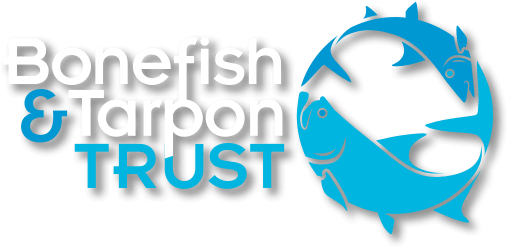With changes to Everglades National Park management on the horizon, Bonefish & Tarpon Trust has been working collaboratively with Everglades National Park and the greater angling community (including the Florida Keys Fishing Guides Association and Sandy Moret) to serve as a median of information for proposed adjustments to the Everglades National Park General Management Plan.
BTT has met with Dan Kimball (ENP Superintendent), Fred Herling (ENP Planner), and Dave Fowler (ENP Ranger) to discuss the proposed management plan. ENP is acting on their mission, which in part is to protect submerged wilderness (seagrass). The angling community, in general, seems ready to adapt their practice to Pole/Troll zones for the sake of conservation and better fisheries management, but has expressed concerns about the number of access channels to large Pole/Troll zones.
BTT Recommendations to Everglades National Park
- Given that ENP has indicated that boat size and draft and engine size will not be used as standards for delineating access channels, we used the depth contour of 3 feet as the standard for delineating access channels.
- However, we strongly urge that ENP reconsider using boat draft as a standard for creating multiple levels of access. Modern flats skiffs, for example, are designed principally to access shallow areas that other boats are not, and would be suitable for using access channels less than 3 feet in depth.
- If ENP agrees to use boat draft to delineate different levels of access, we will modify channels to reflect areas that are suitable for use in multiple levels of access based on boat draft. Multiple additional access channels that would suit a shallow draft skiff access level have already been identified.
- A comprehensive education program should be the highest priority; the current budget climate does not allow for major implementation and enforcement and user education is relatively inexpensive and effective. Properly educated boaters will cause less damage to seagrass resources and will be more able to properly use the proposed zones and access channels.
- BTT can provide ENP with comprehensive information for education program development, and assist with the program.
- ENP is considering opening a section of the crocodile sanctuary to limited access angling. BTT recommends that this opening be done using a scientifically valid approach to allow evaluation of the opening of the closure. BTT offers to take the lead in research for these areas. For example, if Little Madeira Bay is opened as a No-Motor zone, BTT proposes a controlled fishing-based census with limited and selected anglers to record catch rates, fish size, fish abundance, fish movements (tag-recapture). These data can be used in comparison with other locations to evaluate the type of future management for this area.
- BTT recommends the addition of idle zones into the bights to alleviate propeller scars created by boats entering bights on plane. BTT feels that established idle areas are a critical concession for user buy-in and trust building.
- BTT recommends the establishment of two advisory panels – one for the eastern portion of theEverglades, one for the western portion. The user groups, habitat mosaics, and to some extent fisheries differ among these regions, so should be adaptively managed separately. The advisory panels would act as the reviewers for evaluating current management regimes, changes to those regimes, and inclusion of scientific data pertinent such evaluations.
- Adaptive management (via the advisory panels and ENP staff) should be part of this management plan. For example, mangrove islands used as bird nesting/roosting areas can change year to year or in response to disturbances (e.g., hurricanes). Therefore, areas marked as pole/troll or no-entry or as open access will need to change in response.



